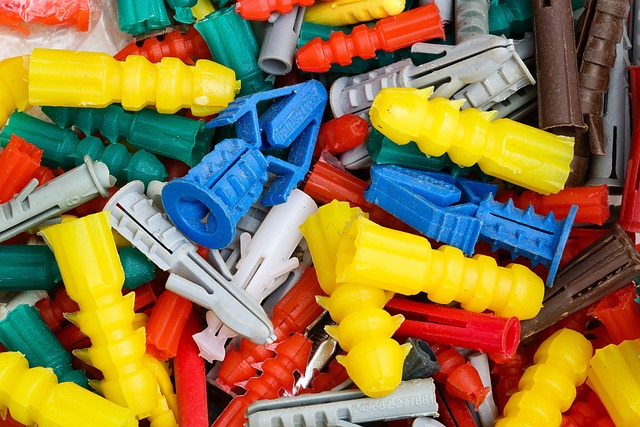Adopting sustainable practices at home, such as composting organic scraps, recycling, upcycling, and minimizing waste, significantly reduces environmental impact. Setting up a DIY recycling station and building a composter are accessible ways to integrate these practices. These simple steps contribute to a circular economy and foster an eco-conscious lifestyle through sustainable home improvements.
Looking to make your home more eco-friendly? This guide is packed with DIY ideas for sustainable living, focusing on sustainable home improvements. Learn how to reduce waste and recycling at home, implement energy-efficient upgrades, conserve water, and adopt greener decor choices. From upcycling furniture to natural cleaning recipes, these simple yet effective steps will empower you to create a more sustainable environment without breaking the bank.
Reducing Waste and Recycling at Home
Reducing waste and recycling at home is a significant step towards creating a more sustainable living space. Start by implementing simple practices like composting organic scraps to divert them from landfills. Separate recyclables, such as paper, glass, and plastic, into designated bins, making it easier to contribute to the circular economy.
Consider upcycling old items instead of discarding them. DIY enthusiasts can transform old furniture, clothing, or even kitchenware into something new and unique. This creative approach not only reduces waste but also adds a personal touch to your home decor while promoting a more sustainable lifestyle through these DIY sustainable home improvements.
– Simple steps to minimize household trash
Minimizing household waste is a key aspect of embracing a sustainable lifestyle, and it starts with simple changes in your daily routines. One effective strategy is to adopt a zero-waste approach by implementing a recycling system at home. Begin by sorting your trash into recyclable materials such as paper, plastic, glass, and metal. Reuse items whenever possible; for instance, repurpose old containers for storage or baking, and consider buying second-hand furniture to give pre-loved pieces new life.
Additionally, reducing single-use items is a powerful step towards sustainability. Opt for reusable shopping bags, water bottles, coffee cups, and straws. Say no to plastic packaging by choosing bulk goods and products with minimal wrapping. Simple changes like these can significantly reduce the amount of household trash sent to landfills each year, contributing to a greener, more sustainable home environment.
– DIY recycling station ideas
Creating a dedicated DIY recycling station is an excellent way to integrate sustainable practices into your home and contribute to environmental conservation. Start by designating a small space, such as a corner in your garage or utility room, for sorting recyclables. Install simple shelves or use sturdy containers to organize different types of materials like paper, plastic bottles, glass jars, and metal cans. Label each compartment clearly to make the sorting process effortless. Encourage family members to participate by making it a collaborative effort; you can even create fun challenges to see who can contribute the most recyclables.
One innovative DIY idea is to build a compact composter for food scraps and organic waste. This not only reduces landfill contributions but also produces nutrient-rich compost that can be used to enhance your garden’s soil fertility, fostering a sustainable ecosystem right in your backyard. There are numerous online resources available offering step-by-step guides for building composters tailored to various skill levels and space constraints, making it accessible for everyone interested in sustainable home improvements.
– Composting 101: How to start composting indoors or out
Composting is a fantastic way to reduce waste and contribute to a more sustainable home. It’s an easy, natural process that turns organic kitchen scraps and yard waste into nutrient-rich soil amendment. You can start composting indoors or out, depending on your space and resources.
To begin, gather a suitable container (a plastic bin with ventilation holes works well for indoors), collect organic materials like fruit and vegetable peels, coffee grounds, eggshells, and yard trimmings. Layer these items in the bin, maintaining a balance of “green” materials (nitrogen-rich, such as food scraps) and “brown” materials (carbon-rich, like dry leaves or shredded paper). Regularly turn the compost to aerate it, and over time, it will decompose into a dark, earthy substance perfect for enriching your garden soil.
Turning your home into a more sustainable haven is not only beneficial for the environment but can also lead to significant cost savings. By implementing these DIY ideas, from reducing waste and recycling to composting, you’re taking meaningful steps towards a greener lifestyle. Embrace these simple yet effective changes as part of your journey toward a more eco-friendly future, where every action contributes to a sustainable home and a healthier planet.
